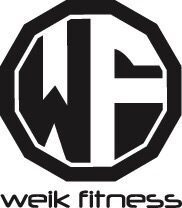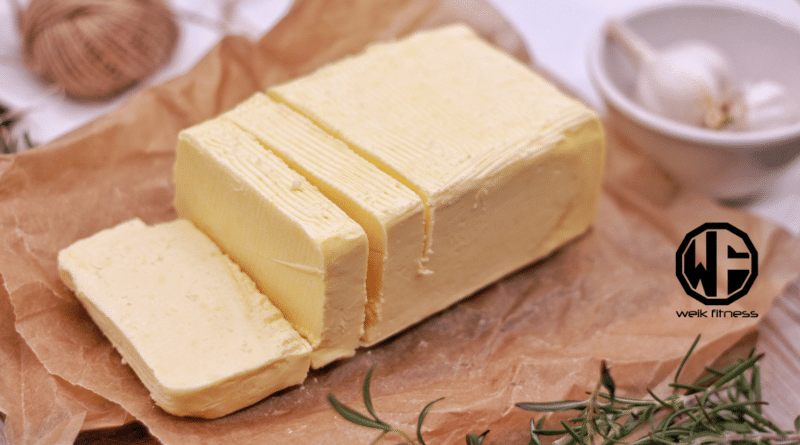Are the Health Benefits of Grass-Fed Butter Still True Today?
Have you ever tried grass-fed butter? Did you try it because it was all the craze several years ago? You’re not alone. Like many of you, I like to try different things to see if they live up to the hype or fail miserably.
But overall, let’s be real: deciding what to eat for our health can often feel like tackling a corn maze in the dark with no flashlight.
With an abundance of choices, it’s hard to determine which crazes and trends truly serve our well-being. Take butter as an example — opinions vary widely, with some condemning it and others praising its health benefits, especially when it comes from grass-fed cows.
Like many of you, I’ve been there, standing in the dairy aisle, debating whether shelling out extra cash for brands like Kerrygold or Anchor is really worth it. Can butter or grass-fed butter really be as good for you as they claim (especially when compared to margarine)?
Through my own research on this topic, I’ve uncovered something quite interesting. Grass-fed butter isn’t just about indulging in a richer flavor; it packs a punch with vital nutrients such as omega-3 fatty acids and Vitamin K2 and offers anti-inflammatory properties beneficial for heart health.
In this article, I’ll peel back the layers on why opting for butter from grass-fed cows could be the dietary upgrade you need to get closer to a healthier lifestyle — and guarantee you’re savvy about every benefit with each creamy spread.
We’ve milked this long enough (see what I did there? LOL)… let’s dive into the benefits are still true today.
Disclaimer: This article is for informational purposes only and is not meant to treat or diagnose any condition. It is recommended that you speak with your doctor before starting any exercise program, changing your daily nutrition, or adding any supplements to your regimen.
Table of contents
- Key Takeaways
- Exploring the Nutritional Advantages and Health Benefits of Grass-Fed Butter
- Nutritional Comparison and Butter Quality: Grass-Fed Butter vs. Regular Butter
- Trends and Preferences in Consumer Choices for Grass-Fed Butter (Unsalted and Salted Butter)
- Throw Your Conventional Butter in the Trash and Grab some Grass-Fed Butter
- Resources
Key Takeaways
- Grass-fed butter is higher in omega-3 fatty acids, vitamin K2, and CLA than regular butter. This makes it better for heart health and bone strength.
- Eating it can help with weight loss, muscle growth, and may lower the risk of type 2 diabetes because of its high CLA content.
- Consumers prefer grass-fed products not only for its health benefits but also for environmental sustainability reasons. There’s a noticeable shift towards natural and minimally processed dairy products.
- With more supermarkets and online stores offering grass-fed products like Kirkland Signature, Kerrygold Irish Butter, and Anchor Butter, it’s easier than ever for people to choose healthier options.
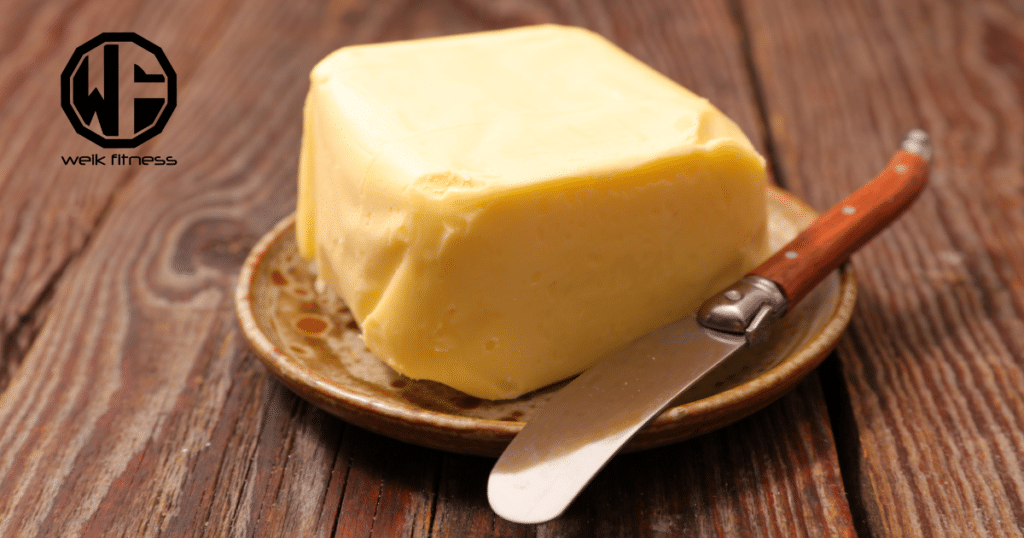
Exploring the Nutritional Advantages and Health Benefits of Grass-Fed Butter
Grass-fed butter may offer health benefits like omega-3 fatty acids, vitamin K2, and conjugated linoleic acid (CLA). It outperforms traditional butter in nutritional aspects such as vitamins and fatty acid profiles.
1. Omega-3 Fatty Acid Boost
I’ve found that choosing grassfed butter over the regular kind is a smart move for my health (some people prefer salted butter, and others like unsalted butter). This type of butter has about 26% more omega-3 fatty acids, which are crucial for our body’s growth and development.
Unlike dairy cows that eat grains, those grazing on lush pastures are the ones producing milk rich in these beneficial fats.
In my kitchen, switching to grass-fed dairy products like butter not only supports bone and heart health but also adds a special touch to my meals. Knowing that ALA, an essential type of omega-3 found abundantly in grass-fed options, plays a significant role in keeping us healthy and makes me feel good about my choice.
I always look for labels like “grass-fed” or “pasture-raised” at stores to ensure I’m getting these benefits.
2. Enhanced Vitamin K2 Content
This type of butter is awesome because it’s packed with vitamin K2. This isn’t just any vitamin. It’s the hero for bone and heart health. Eating it makes my body feel stronger from the inside out.

It helps keep my bones tough and my heart healthy by fighting off plaque in the arteries.
I also noticed my gut and skin looking better than ever since I switched to grass fed butter. The vitamin K2 deserves all the credit here. Experts say it boosts gut health and keeps your skin clear.
Let me tell you, feeling good about your digestion and getting compliments on your skin at my age are real wins in my book!
3. Benefits of Conjugated Linoleic Acid (CLA)
I’ve discovered that CLA, found in grass-fed dairy products like butter and ghee, is a powerhouse for health. This fatty acid is known for its weight loss benefits. In my journey to better health, incorporating grass-fed butter into my diet made a noticeable difference in how I felt and looked.
Studies show CLA not only helps with fat loss but also boosts muscle growth. It’s fascinating to learn about these benefits from such a natural source.
Eating grass-fed butter adds more than just flavor to meals — it supports my overall well-being. Research highlights how CLA can reduce the risk of type 2 diabetes and improve bone health.
It acts as an important player in maintaining balance within our bodies, making products from cows that graze on grass superior choices for nutrition-minded folks like me. The effort to choose grass-fed over conventional dairy reflects positively on both physical and mental health, proving every small choice towards wellness counts significantly.
Nutritional Comparison and Butter Quality: Grass-Fed Butter vs. Regular Butter

Grass-fed butter contains higher omega-3 fatty acids, promoting heart health. It also offers an increased amount of vitamin K2 compared to traditional butter.
But let’s dive a little deeper into the topic:
Analyzing Vitamin Differences
Grass-fed butter has significantly higher levels of heart-healthy omega-3s compared to regular butter, making it a better source of these essential fatty acids. Additionally, it contains at least 3 percent more vitamin A per tablespoon than standard butter, contributing to its nutritional advantages.
Moreover, grass-based diets can elevate precursors for vitamins A and E, as well as cancer-fighting antioxidants like glutathione and CLA. This makes it a favorable choice for those seeking more health benefits from their dairy products.
I have personally noticed the difference in nutrition when I switched to healthier butter in my cooking. The enhanced levels of omega-3s and vitamins added a different dimension, not just in taste but also in the overall richness and texture of the dishes I prepared.
Examining Fatty Acid Profiles
Grass-fed butter has a superior fatty acid profile, specifically higher omega-3 content, which is great for heart health. Additionally, it contains more fat-soluble vitamins due to the cows’ diets.
Studies show that grass-based diets elevate precursors for Vitamin A and E and cancer-fighting antioxidants like glutathione (GT). Grass-fed beef tallow also stands out with lower saturated fatty acids compared to grain-fed beef tallow.
It’s fascinating how the shift in cow diets impacts the nutritional benefits of butter. The increased omega-3 levels really make a difference in heart health — something I’ve experienced firsthand when transitioning to using this type of butter as opposed to regular butter.
It’s not just about taste; there are real health advantages!
Trends and Preferences in Consumer Choices for Grass-Fed Butter (Unsalted and Salted Butter)
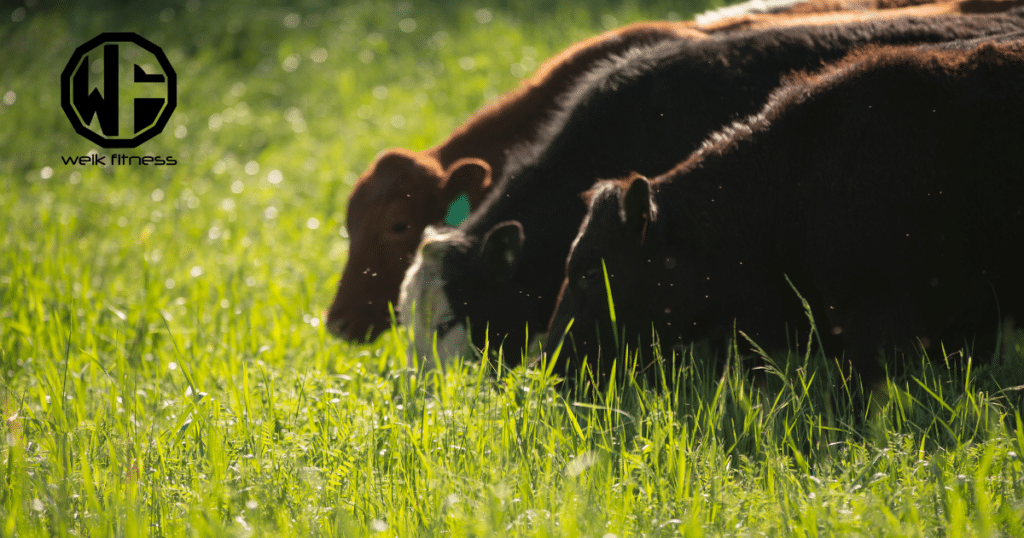
Consumers increasingly prefer grass-fed butter for its perceived health benefits and environmental sustainability. It aligns with the growing demand for natural, minimally processed dairy products.
This shift reflects a heightened awareness of the impact of dietary choices on personal well-being and broader ecological considerations.
1. Growing Demand for Grass-Fed Products
Health-conscious consumers are increasingly seeking out grass-fed products due to the perceived health benefits they offer. The demand for grass-fed butter and other dairy products has surged as people prioritize natural, nutrient-rich foods.
This rise in demand reflects a growing awareness of the potential advantages of consuming products derived from animals that have been primarily fed on pasture.
As more individuals learn about the nutritional disparities between traditional and grass-fed options, they are actively choosing to integrate these healthier alternatives into their dietary intake.
Grass-fed offerings not only align with wellbeing aspirations but also cater to those who seek sustainable and ethically-sourced food options.
2. Options and Accessibility for Consumers
Consumers today have a variety of options when it comes to accessing better for you products. Many supermarkets, health food stores, and online retailers offer a range of these products, including salted and unsalted options.
Brands like Kerrygold Butter and Anchor Butter provide certified organic and high-quality grass-fed butter that’s rich in essential nutrients. Additionally, consumers can find grass-fed butter at Costco and other major grocery chains, making it more accessible than ever before.
The growing demand for healthier options has also led to an increase in the availability of grass-fed butter. Consumers seeking more than just normal butter are likely to find grass-fed options in their local dairy aisle or from small-scale producers specializing in organic grass-fed dairy products.
This accessibility reflects the shift towards nutritionally superior choices, providing individuals with the opportunity to make informed decisions about their dietary intake and overall well-being.
Throw Your Conventional Butter in the Trash and Grab some Grass-Fed Butter
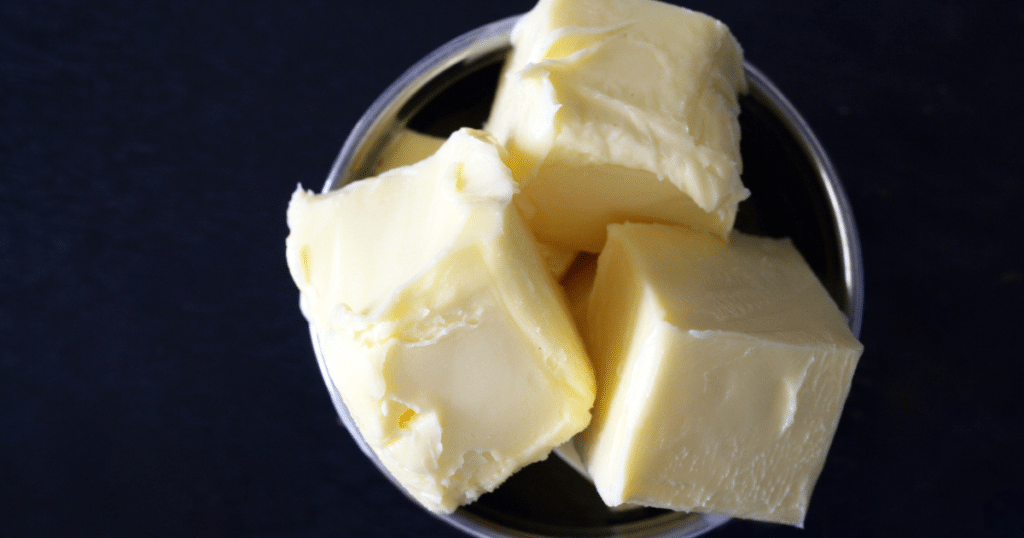
Grass-fed butter offers a plethora of nutritional benefits, containing high levels of omega-3 fatty acids and vitamin K2. It’s also rich in conjugated linoleic acid (CLA) and butyrate, providing anti-inflammatory properties that are beneficial for heart health.
The growing demand for grass-fed products reflects a shift towards healthier dietary choices. Overall, it’s clear that the health benefits of grass-fed butter remain true today, making it a worthwhile addition to a balanced diet.
Resources
- https://www.webmd.com/diet/health-benefits-butter
- https://pmc.ncbi.nlm.nih.gov/articles/PMC2846864/
- https://www.researchgate.net/publication/41893830_A_review_of_fatty_acid_profiles_and_antioxidant_content_in_grass-fed_and_grain-fed_beef
- https://pmc.ncbi.nlm.nih.gov/articles/PMC8909876/
- https://www.healthline.com/nutrition/grass-fed-butter
- https://www.news-medical.net/health/The-health-benefits-of-grass-fed-butter.aspx
- https://draxe.com/nutrition/grass-fed-butter-nutrition/
Latest Articles:
- Sirtuins: Key Regulators in Health and Disease Dynamics
- NAD3: Natural NAD Supplement for Cellular Longevity & Energy
- What Makes the Best Electrolyte Supplement for Athletes?


*Disclosure: This article may contain affiliate links or ads, which means we earn a small commission at no extra cost to you if you make a purchase through these links. These commissions help support the operation and maintenance of our website, allowing us to continue producing free valuable content. Your support is genuinely appreciated, whether you choose to use our links or not. Thank you for being a part of our community and enjoying our content.
PLEASE CONSIDER SHARING THIS ON YOUR SOCIAL MEDIA TO HELP OTHERS LEARN MORE ABOUT THIS TOPIC.
